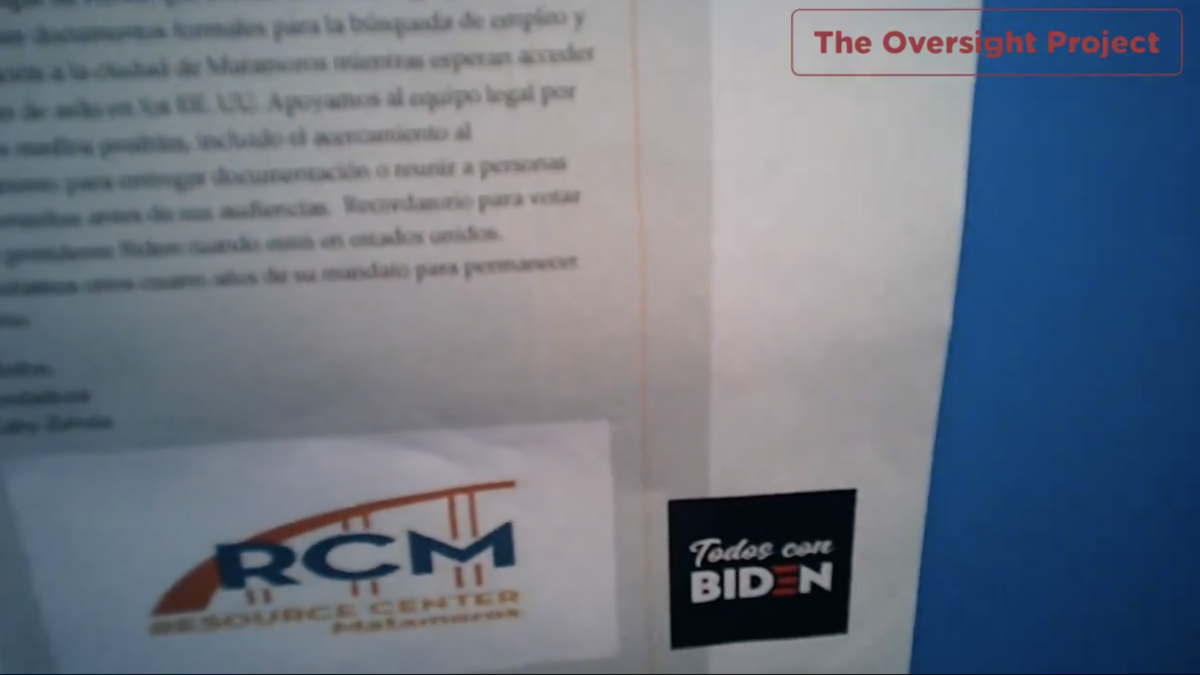
Over the last six years, Democrats have been on a Washington power bender, taking power from the states and giving it to the federal government. The Left has used hot-button issues such as state bans on gay marriage and governors seeking to ban Syrian refugees as the parade of horribles to show what happens when the crazy states are in change.
President Obama justified the federal takeover of healthcare (Obamacare) and energy (the Clean Power Plan) saying states were not helping their uninsured populations enough or protecting the environment enough, leaving his administration no choice but to implement top-down solutions.
But the Left has overplayed its hand. The majority of Americans (60 percent) now believe the federal government is too powerful—the highest in polling history, aside from 2013, according to a recent Gallup poll. That belief has grown stronger among Democrats and Independents under President Obama. During Obama’s first term, 59 percent of Independents and 24 percent of Democrats thought that was the case. During Obama’s second term, those numbers grew to 64 percent and 37 percent, respectively.
The unpopularity of the federal government is good news for Republicans in 2016, many of whom are running on limited-government platforms. But conservatives should be smart in how they rein in Washington, prioritizing lasting reforms over short-term gains.
This Doesn’t Mean Americans Hate Government
It begins with a recognition that government, writ large, is not the enemy. While distrust of Washington is high, a plurality of Americans continue to trust their local and state governments. That’s for good reason. State governments often have been far more effective at innovating and delivering public services compared to Washington’s one-size-fits-all approach.
This isn’t because states or their leaders are inherently smarter, purer, or more disciplined than Washington insiders. It’s because they are able to customize programs better to the populations that they serve.
Just review some of the successful state initiatives in the last ten years. Take criminal justice reform as an example. In 2007, under Gov. Perry’s leadership, Texas reformed its drug courts, allowing offenders to stay out of jail if they agreed to supervision, drug testing, and treatment. Texas imposed graduated sanctions for minor violations instead of immediate re-incarceration, and allowed non-violent offenders to earn up to 20 percent of their terms from vocational programs. Largely due to these reforms, Texas was able to close three prisons and crime dropped to its lowest since 1968.
Or schooling for urban students. In 2008, under Gov. Jindal’s leadership, Louisiana expanded school choice and created a publicly funded scholarship program for low-income students in New Orleans. The results have been remarkable. Before Hurricane Katrina, only 54 percent of students in New Orleans had graduated on time. That increased to 73 percent following Jindal’s reforms. Before Katrina, 64 percent of schools were failing. That dropped to 11 percent following Jindal’s reforms. The scholarship program was expanded statewide.
Or healthcare for the poor. In 2006, under Gov. Bush’s leadership, Florida allowed for choice and competition in Medicaid. It began as an experiment in two counties, where eligible recipients were able to go on private plans instead of Medicaid. Recipients also had access to a nurse hotline, counseling, and were given contributions to health savings accounts. The results were lower costs, higher quality, and better access to care, according to economists Michael Bond and Emily Patch. The program is now statewide.
Think Smaller, Smarter Government
Conservatives should champion these state initiatives and seek to create more of them. These functional state programs undermine the rationale for a federal one. This is why, instead of celebrating these policy advances and the people they have helped, the Left has overridden them, tried to shut them down, or straight-up ignored them.
Hillary Clinton is running on criminal justice reform at the federal level, presumably to supersede state-based reforms. The Justice Department sued Louisiana over its scholarship program, which an appeals court later overturned. And Obamacare was passed with hundreds of mandates prescribing what level of care would be covered or provided, reducing choice and causing premiums to soar.
Too often, Republicans fight Democrats head-on and make shrinking the federal government their first priority—putting off the significant portion of Democrats and Independents who otherwise agree that the federal government is too big.
But cutting one, two, or ten federal government agencies—while popular on the campaign trail—is an arbitrary and inevitably short-term solution. Eliminating agencies is a game of whack-a-mole. Get rid of some, and others will pop up. Rightsizing the federal government isn’t even about getting federal government spending down to a certain amount or cutting government staff or salaries, irrespective of whether these are good ideas for other reasons. It’s not about fighting against things, it’s about fighting for people, as my former boss, Arthur Brooks of the American Enterprise Institute, is fond of saying.
Don’t Fight Against, Fight For
The best way to shrink Washington is to increase policy successes at the state level for the American people, like those in Texas, Louisiana, and Florida and across the country, and allowing for experimentation that has not even been thought of yet.
This means fundamentally changing the balance between the federal and state government to allow states to be laboratories of democracy, innovation, and freedom, as they were initially designed to be in the Tenth Amendment. It’s not about choking off Washington—which results in shutdowns, showdowns, and little actual change—it’s about permanently redirecting that influence back the states, which in turn will make Washington less powerful.
Presidential candidate Jeb Bush (for whom I work) recently put out a plan to do just that. It calls for appointing people in our judicial and executive branches who are committed to the Constitution’s limits on federal authority and redirecting power back to the states. He would hold regular meetings with governors to coordinate state-driven solutions to national concerns. He would veto legislation that exceed the limits of federal authority and eliminate regulations that impinge on the Tenth Amendment.
Agencies would have to assess how new rules impact state budgets and freedom, and states would have a fast-track agency—the Office of Cooperative Federalism—to help with waiver requests and state-federal planning. In other words, it’s not about damming up the river, it’s about redirecting the flow back to the states. Other Republican presidential candidates and congressional leadership should pursue this type of approach.
The Democrats’ strategy has backfired. After six years of consolidating power in Washington, the American people have had enough. The majority of Americans disapprove of where the country is heading, and the federal government is a big reason why. Conservatives should seek to build on the tremendous successes states have created and institutionalize the process that allowed such successes to occur.







